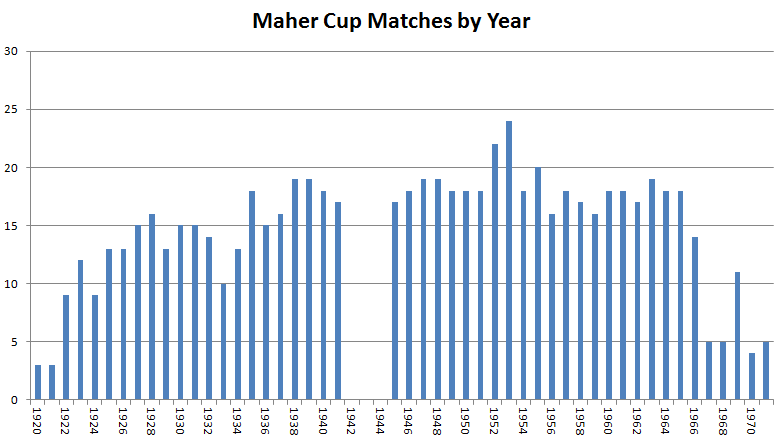Games That Changed The Game No. 1
This is the first in a series.
“And the rain it gently, pattered down! And the lovely green flats of the ‘Bidgiee silhoutted, as it were, against the sky line as the special train from Tumut, with footballers and supporters aboard steamed over the railway bridge yesterday afternoon. The footballers’ quest was the Maher Cup — they were going to capture it for Tumut— so they said. And their supporters were going to stir them on to deeds of derring do”.
(The Gundagai Independent, 7 June 1923).
Background
Let us step back from the poetry. It was a Wednesday afternoon – the 16th challenge for the Maher Cup was set to be played at Fisher Park Cootamundra. It was less than three years since Ted Maher put the Cup into play. Things were starting to get very serious. The rules were read scrupulously, and Rule 9 was a problem. Continue reading →

